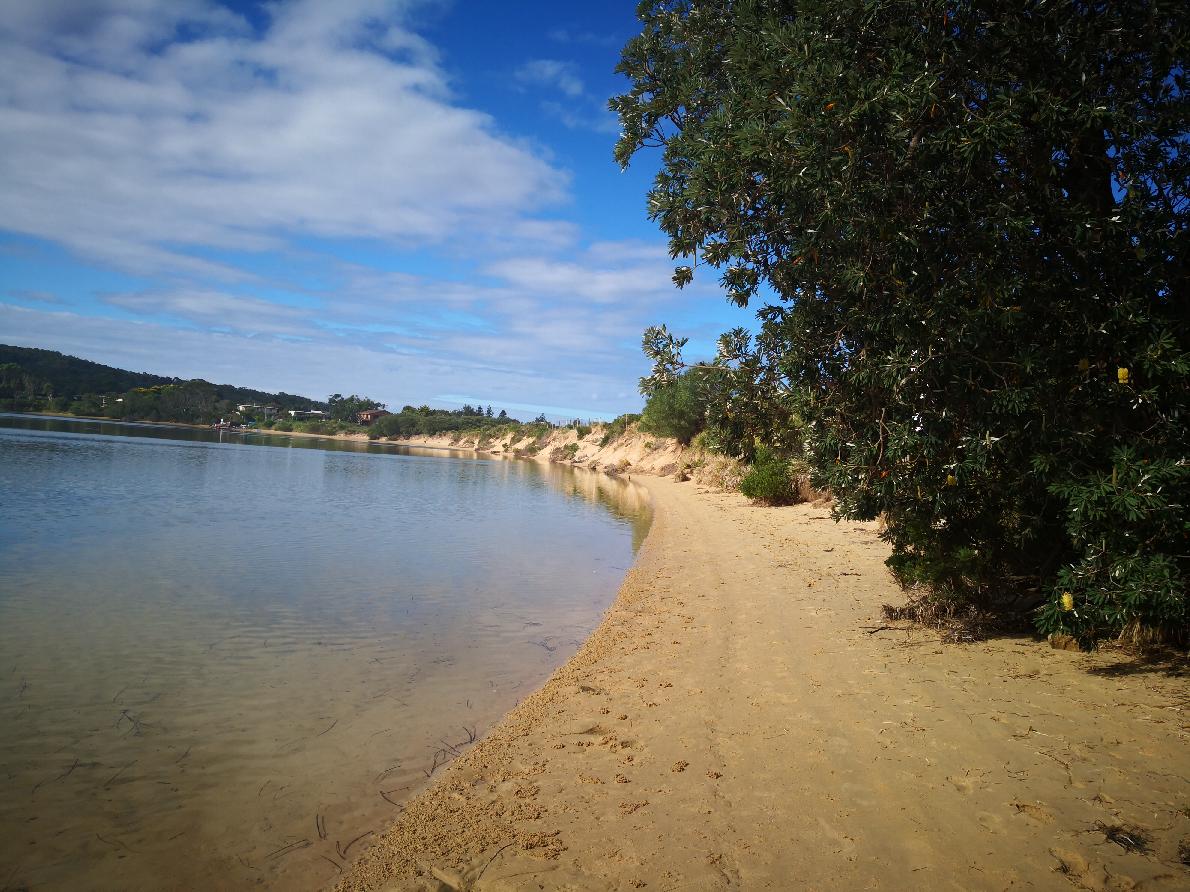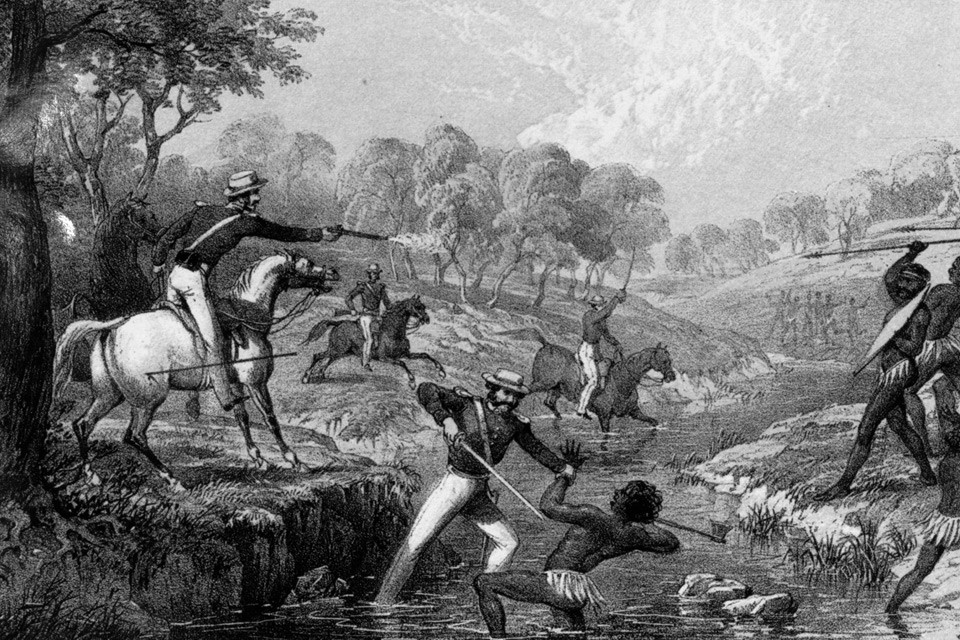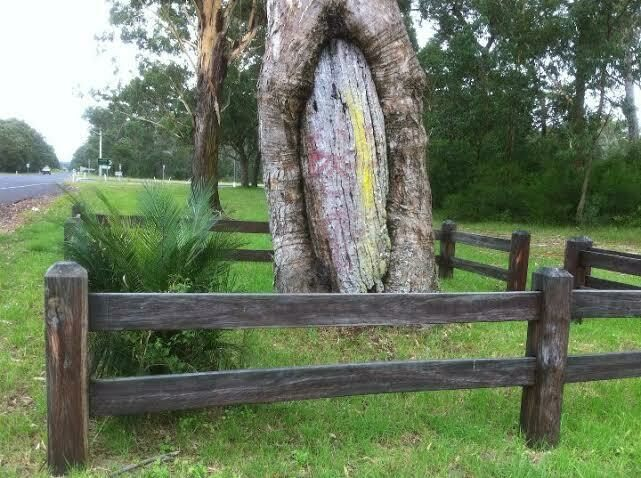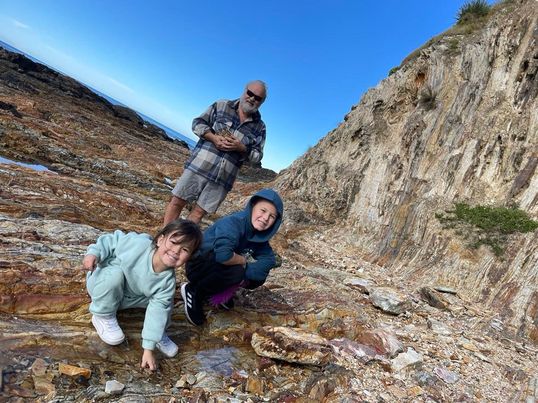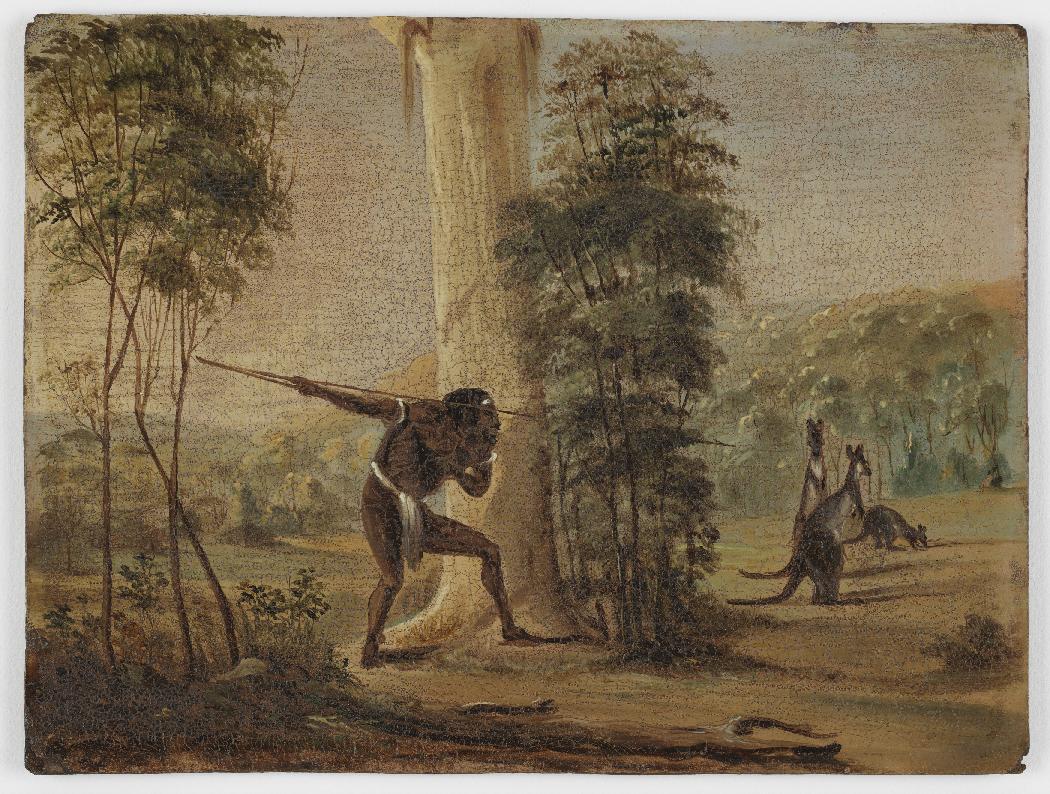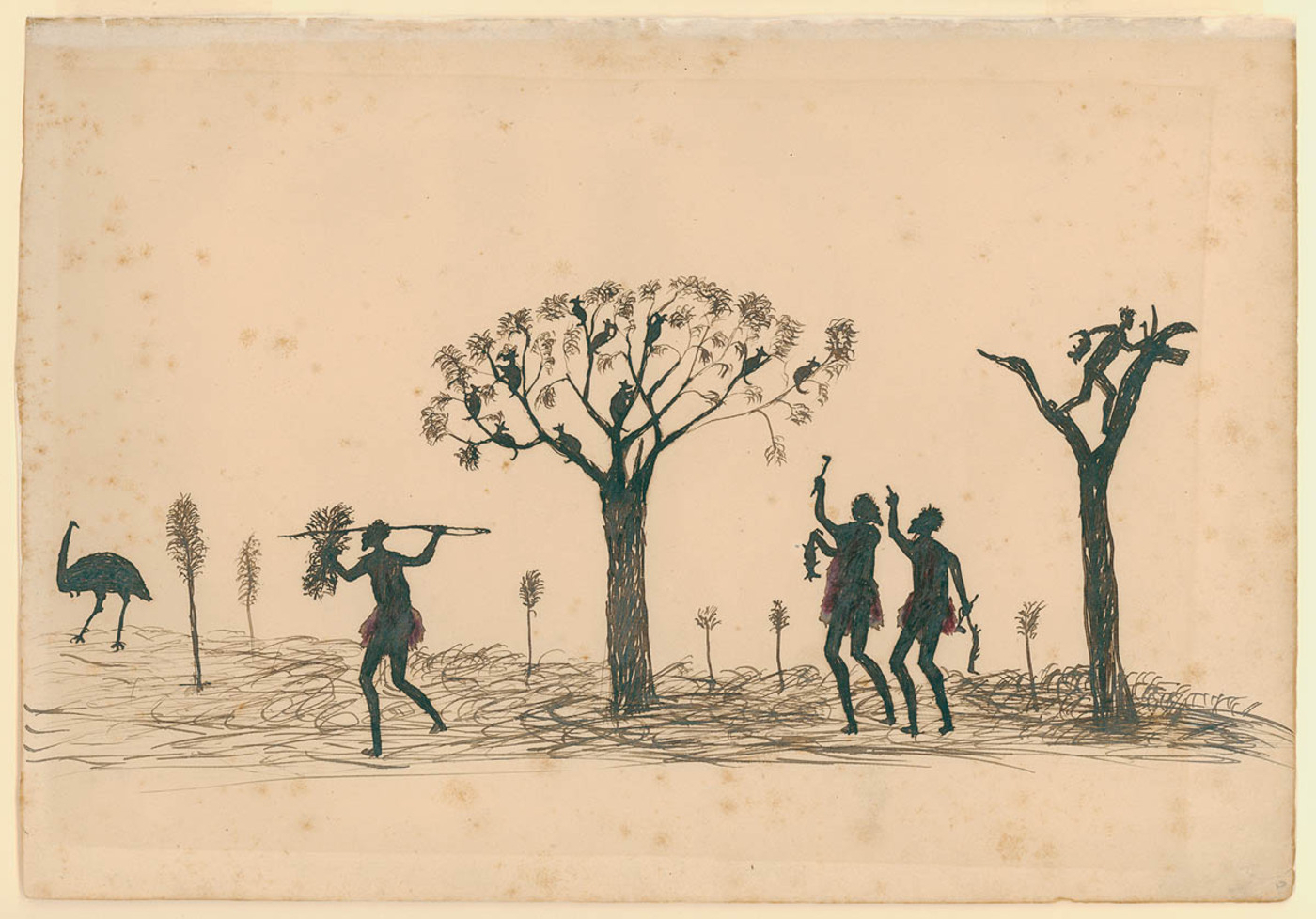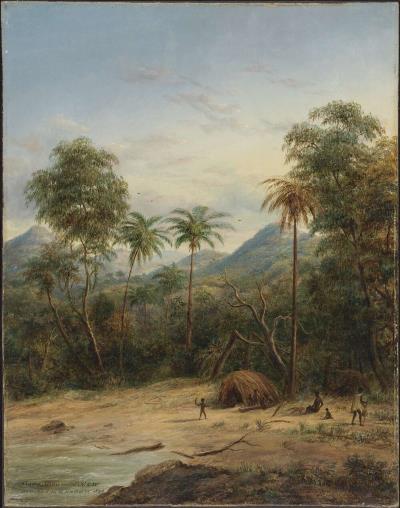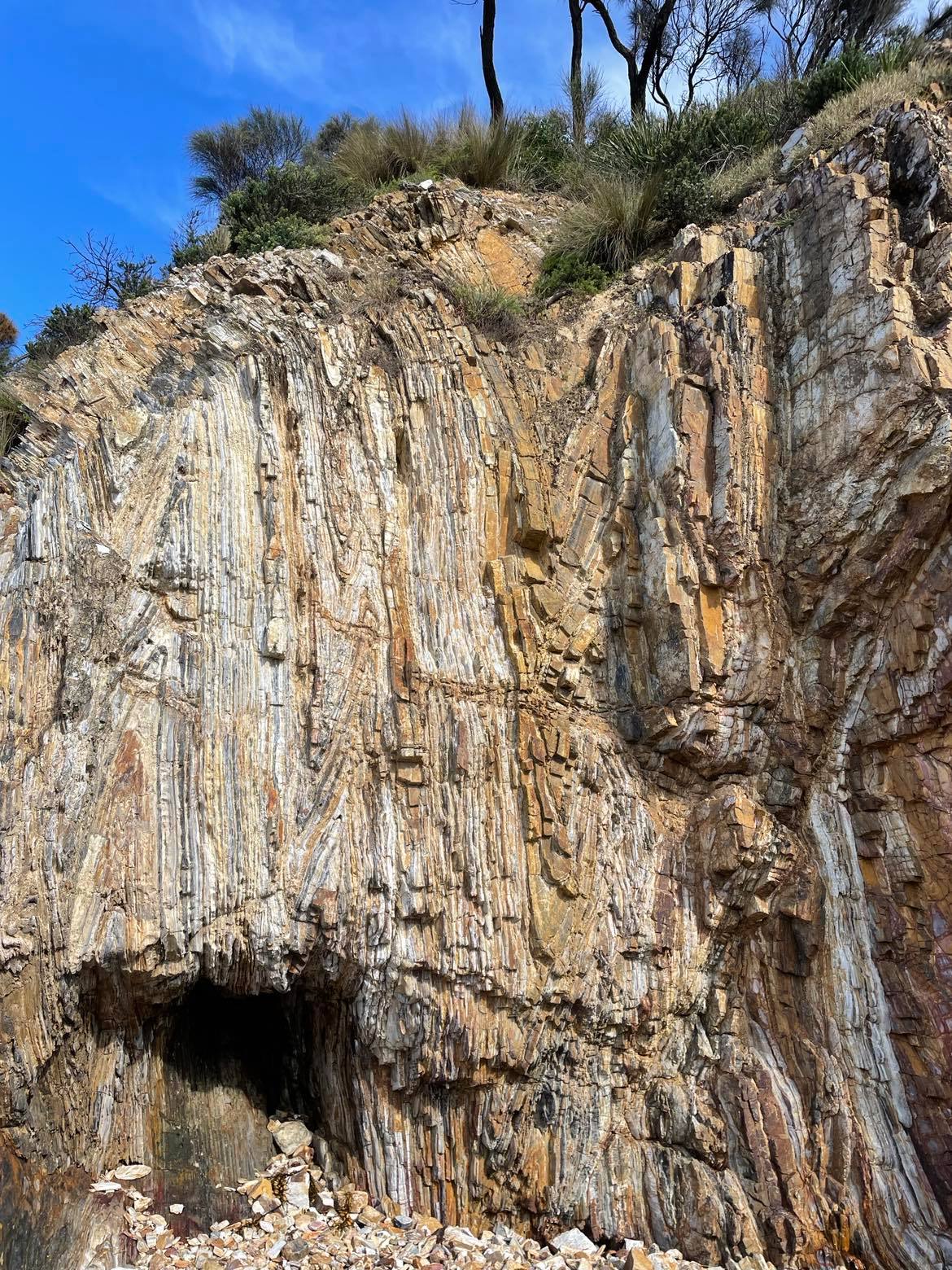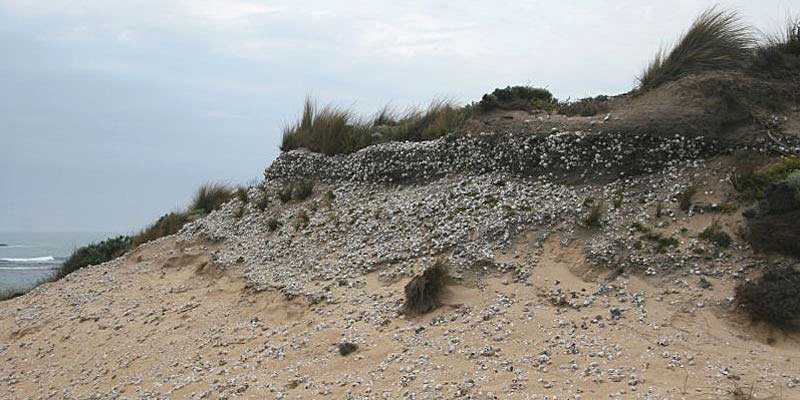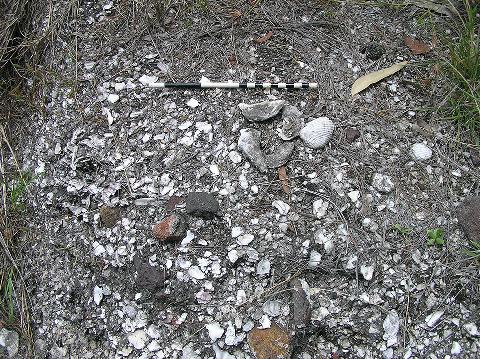
AsianOverland.net
Tour Guide - Itinerary
Asian Overland Sydney to London
Started 22/06/2022 Finished 21/06/2023365 Days ITINERARY
Day 1 date 22/06/2022Botany Bay to Canberra, Australia
ASIANOVERLAND.NET SYDNEY TO LONDON DAY 1: BOTANY BAY TO CANBERRA, AUSTRALIA
The 1979/1980 Top Deck Asian Overland brochure describes the first part of the Sydney to London overland:
“OVERLANDERS
Sydney - London, 20 weeks - $2,130.
For those who have not previously travelled much in Australia, this is your chance to travel the continent, from east to west. …”
As the courier/tour guide, I usually give a daily spiel, which recites some historical facts about the country, plants, animals and people living in the areas we are traveling through, to give some context to the country we see today. A picture is worth a thousand words.
We start from Botany Bay because the name “Botany Bay” is descriptive of the country developed and manipulated by the First Australians, who have lived in Australia for at least 65,000 years – about 3,200 generations.
Wonderfully exotic plants and animals unknown to Europeans.
Plants and pastures which looked like an English gentleman’s Estate.
Assumed to have grown naturally, but now known to have been manipulated, largely by fire and careful plant selection by the First Australians.
Modern Australian museums nowadays more accurately describe these Aboriginal actions and botanical results, but however described, the old paintings and sketches don't lie.
First Australians were given a specific totem by their Elders, an animal (and/or plant) they must study, nurture and maintain, for the collective benefit of their clan and Nation. The totem system ensured specialisation of the knowledge required for each animal and plant to live and, as required, be culled, eaten and sustained. Kangaroo Grounds and Valleys were maintained and sustained with Kangaroo and other native Grass so they could be easily hunted.
Many Kangaroo Grounds are now golf courses, and the kangaroos on golf courses are rarely troubled by golf balls flying past them.
Trees were sustained and nurtured for specific native birds, eagles, hawks, crows, magpies, parrots, galahs and small marsupials, like possums, which were not only a food source, but also popular for possum skin coats in the cooler areas.
Waterways and camping ground areas were burnt to their edges to inhibit predators, snakes and poisonous spiders, and to allow easy access to the water, both for the First Australians and their prey – kangaroos, wallabies, ducks and so on.
Along the east and south coasts of Australia, popular totems included oysters, mussels, clams, scallops and other shellfish, as well as eels, crayfish, coral fish, snapper, dolphins (which help with the fishing), whales (for large impromptu beach corroborees) and so on. The shellfish campsites along the east coast of Australia are now called “middens”, thousands of years old, where the shells are measured in the thousands per square meter, over hundreds of meters along the beach erosion line.
The archaeological evidence is everywhere along the coast - you only have to take a beach walk and open your eyes to see it. The middens are distinguishable by the black campfire ash and soot intermixed with the shells and fish bones, as the scallops and fish were cooked on the campfires and hearths.
Melville Point, Tomakin, just south of the middens and aboriginal hunting grounds, is a unique geological feature comprising sedimentary rock over the past billion years, which has lifted in one main fault from the seabed to Melville Point, comprising a geological wall visibly featuring the last billion years.
The First Australians made canoes from one piece of bark of a single tree. The scar tree at Broulee is a great example, but there are many others.
When the first Europeans walked along this coast on their way to Botany Bay, after having been shipwrecked in Bass Straight, the First Australians showed them their canoe at Mossy Point, and let them use it to cross the Tomago River to Tomakin. First Australian culture was more communal and sharing than Europeans are accustomed to.
We cross the Great Dividing Range near Batemans Bay at Clyde Mountain, and drive to the Australian capital, Canberra, and my old University, the Australian National University (BA (Hons) 1977; LLB (Hons) 1980).
The ANU is Australia’s national and international University, and nurtured my travel bug to try to follow the footsteps of the early overlanders and my heroes, Alexander the Great and Marco Polo. In March 1980 I handed in my Honours thesis in Company Law on the way to the airport, and travelled to London where I got my first overland travel job, as courier/tour guide on the London to Kathmandu/Sydney overland departing London on 12 June, 1980 (Top Deck Asian Overland brochure).
Gary Hayes and I drove our Top Deck bus, Knackers, on the eastbound overland from London to Kathmandu, departing 12 June, 1980, and arrived in Kathmandu on 28 August, 1980. I spent a week in Ankara, Turkey, at the Iranian Embassy, getting visas for the punters to travel through Iran (no American visas were issued, so my three American punters had to fly over Iran and meet us in Kashmir).
Meanwhile, Corrie travelled to Kathmandu via Bangkok and we met in Kathmandu after I arrived a bit late due to the 1980 Indian monsoonal floods.
On Day 1 of the Kathmandu to London overland at Nagarkot, Nepal (September 18, 1980), looking through the clouds, fog and mist towards the direction of Mount Everest, Corrie and I resolved to cross the closed border from Tibet into Nepal as soon as the Chinese border opens. As it turned out, the border opened in 1985, much earlier than we had expected, and we had great views of Mount Everest as we crossed the Himalayas from Tibet into Nepal across the Himalayas in 1985.
These travel guide notes and itinerary recreate/consolidate our several overland trips into one Asian Overland itinerary including South East Asia and China, including our trip across the Himalayas from Lhasa, Tibet to Kathmandu in 1985. These guide notes could help you on a self drive tour, but take your time, as we need to drive to Kathmandu and then to London in reasonable time, whereas you should take your time and enjoy the wonderful country, people, plants and animals en route.
The best reference book for Top Deck Overlands which I could find is Trevor Carroll’s Crossing Continents with Top Deck, a great book and an easy ready, which you can purchase online, delivery time only about 3 days. Trevor met me in Kathmandu in September, 1980 and continued my London to Sydney overland from Kathmandu to Sydney, while Corrie and I completed our first Sydney to London overland, driving west from Kathmandu to London.
© This work is copyright. Apart from any use permitted under the Copyright Act 1968, no part may be reproduced by any process, nor may any other exclusive right be exercised, without the permission of Peter Searle, peter@portseavillageresort.com; 1980-2024.
Website built by Justin O’Dea www.webdeveloperdocklands.com.au
.jpg)

